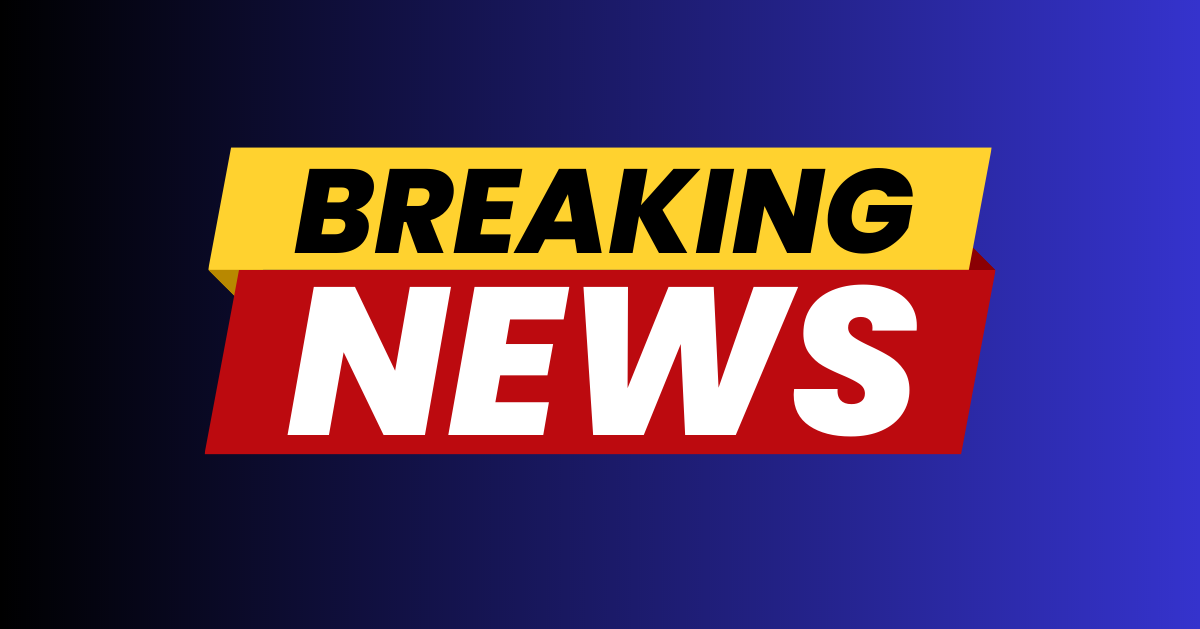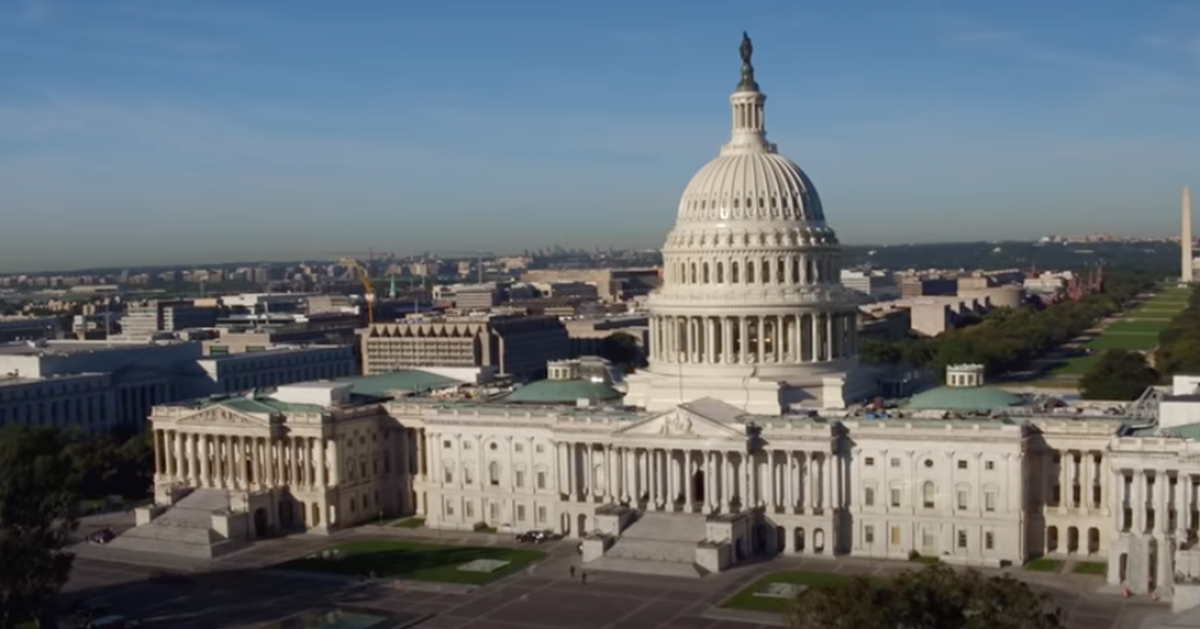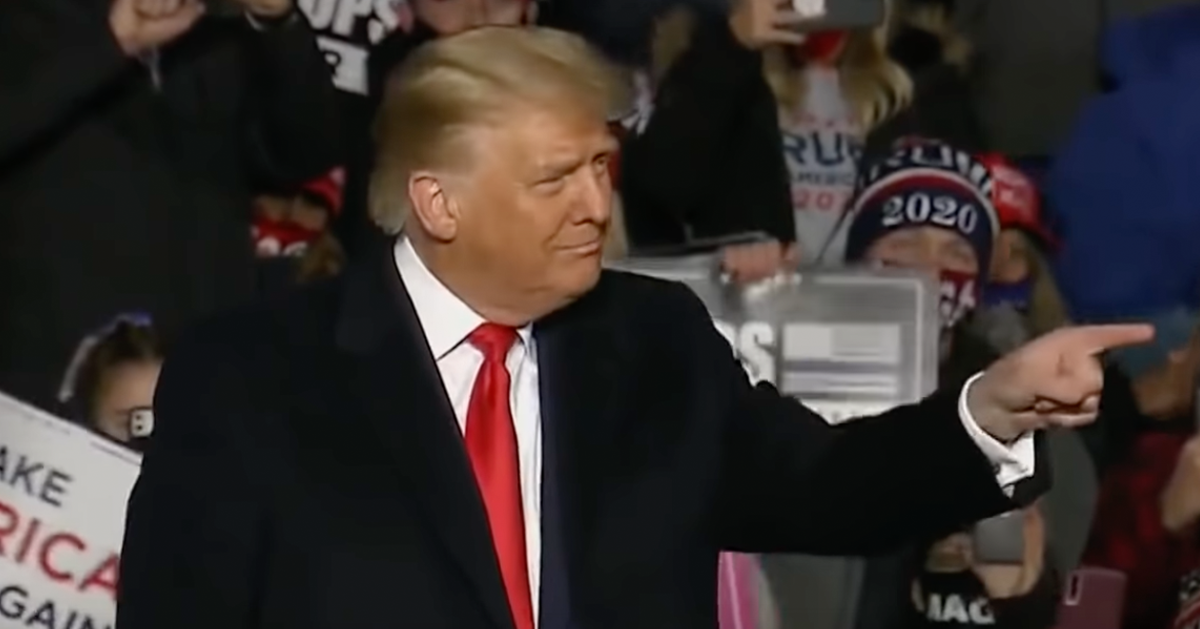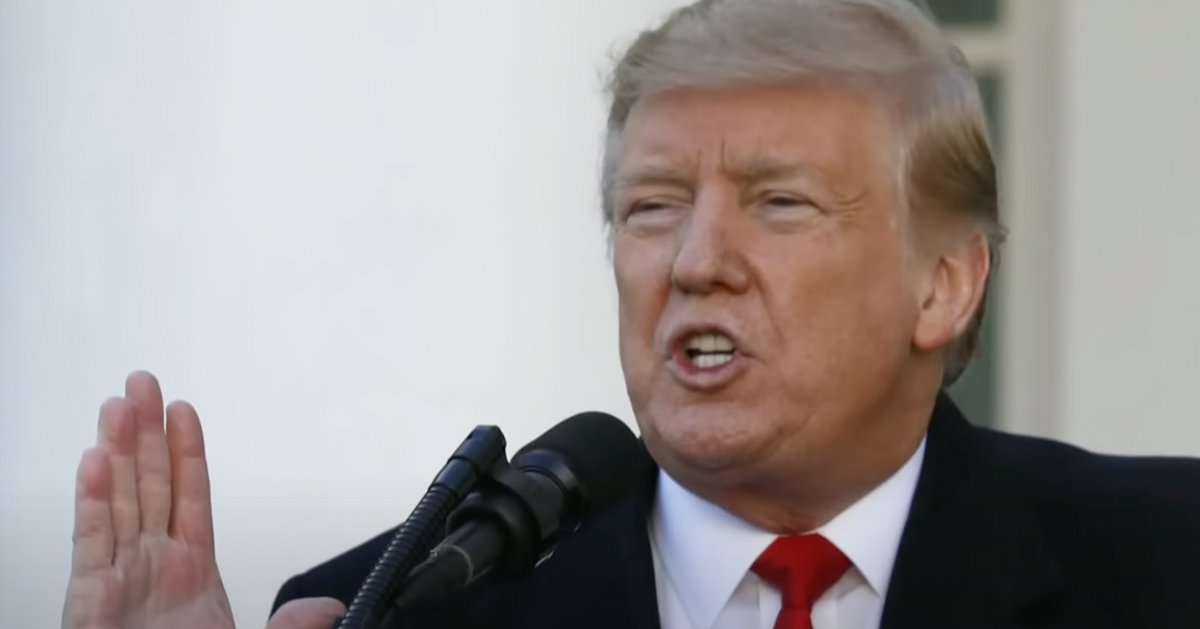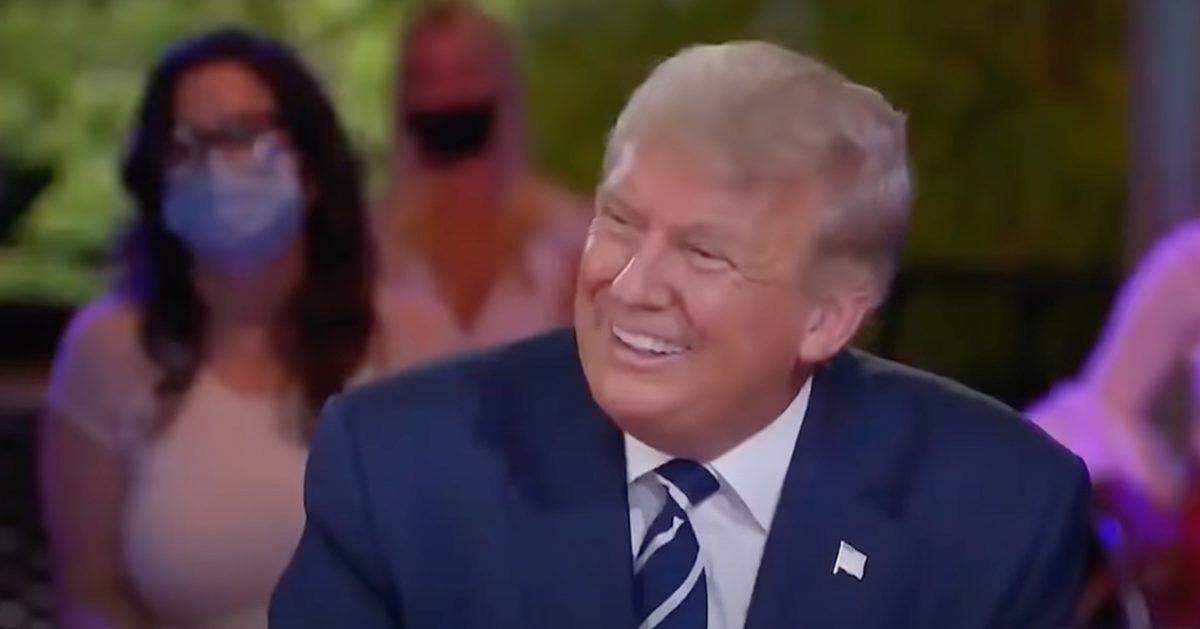Poll reveals Trump's growing popularity amid ongoing challenges for Democrats
President Donald Trump is commanding increasing support from the electorate as he enters his second term and the Democratic Party contends with record unfavorable ratings, according to results from a recent Quinnipiac University poll.
The poll reveals a partisan divide and shifting public opinion on key issues surrounding Trump's presidency, party favorability, and governmental policies, as Newsmax reports, with the president emerging with encouraging numbers.
Trump's presidency is currently viewed favorably by 46% of registered voters, marking a substantial 10-point rise in approval since he initially assumed office in January 2017.
Despite this climb, 43% of the voting public remain dissatisfied with his performance, while a segment of 11% refrain from offering a concrete opinion.
The survey, conducted from Jan. 23-27, included 1,019 registered voters representing a diverse cross-section of political affiliations.
Democratic Party Faces High Unfavorable Ratings
In parallel, the Democratic Party confronts its highest unfavorable ratings since 2008, with only 31% of those surveyed expressing a favorable opinion. This contrasts starkly with a 57% majority that perceives the party negatively.
The shift in public perception also echoes in the views on the Republican Party, which enjoys a 43% favorability rating.
Notably, this is the GOP's most favorable standing since 2008, although it also garners a 45% unfavorable opinion.
The data underscores a distinct divide in political preferences, particularly concerning Trump’s leadership. Among Republicans, an overwhelming 86% approve of his job performance, while the same percentage of Democrats disapprove.
This polarization extends to independent voters, who appear to be split, with 41% supporting and 46% dissenting from Trump's approach.
Optimism and Border Security Support
The coming years under Trump's continued leadership inspire optimism in 54% of the surveyed voters, whereas 42% express skepticism about the future. With national security at the forefront, a significant 60% endorse the deployment of U.S. troops to secure the southern border. This sentiment is shared by 57% of independents, indicating bipartisan agreement on this security measure.
Tim Malloy, a polling analyst at Quinnipiac University, noted the stark contrast between military deployments in times gone by and the current focus on border security.
"The substantial deployment of military forces is not to a distant, volatile conflict zone, but rather to the U.S. border. A majority of voters are supportive of this," Malloy explains, reflecting the public's approval for increased border security measures.
Economic Uncertainty and Presidential Pardons Impact Results
Despite positive indicators for Trump's administration, economic policies elicit mixed responses from voters. Specifically, 48% predict that tariffs placed on international goods will detrimentally affect the economy, while a smaller portion, comprising 42%, anticipates a beneficial impact.
Further complicating the political landscape is the disapproval of presidential pardons associated with contentious figures. A notable 57% of those polled disapprove of Trump's decision to pardon individuals involved in the January 6 events, while approval for these actions sits higher among Republicans, at 74%.
In a parallel scenario, former President Joe Biden also faces scrutiny for extending pardons to family members amid revelations. A majority, registering at 62%, disapprove of Biden’s decisions, though this stance finds approval among 58% of Democratic voters.
Concluding Thoughts on Current National Climate
As the nation navigates the complexities of party dynamics, these results highlight ongoing partisan divisions and ideological shifts. Trump's increasing approval ratings, juxtaposed against the Democratic Party's declining favorability, illuminate current political tendencies in the U.S.
The Quinnipiac poll provides a snapshot of a divided populace, contending with challenging policy decisions and differing beliefs on key national matters. As such, both parties face pivotal moments, both in public perception and strategic direction, as political leaders look forward to addressing the concerns expressed by the American people.

